
If you live in an urban or suburban area, you may think, “Why would I care about deer-resistant plants?” But for people who live in more remote and green spaces, deer are a big problem across north and central North America and Europe. Deer are known to come into people’s gardens, destroying fences and munching not only on fruit and vegetable gardens but also on flowerbeds and decorative trees and shrubs.
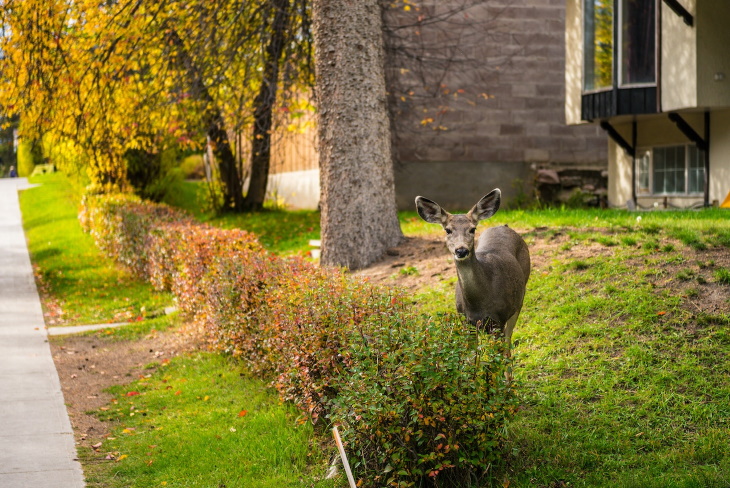
Fortunately, deer are picky eaters, and they will either refuse to eat or even be completely deterred by certain plants. Generally speaking, there are 3 reasons why deer will either ignore or be scared off by a plant: unpleasant leaf texture, a strong smell, or actual plant toxicity to deer.
Ideally, you want to mix and match several types of these plants and intermingle them with other plants of your choosing. This way, deer will keep away from your entire garden, and not just select plants.
Listed below are 20 beautiful perennial flowers deer won’t touch. Plant them once, and your flowerbeds will be deer-free for good.
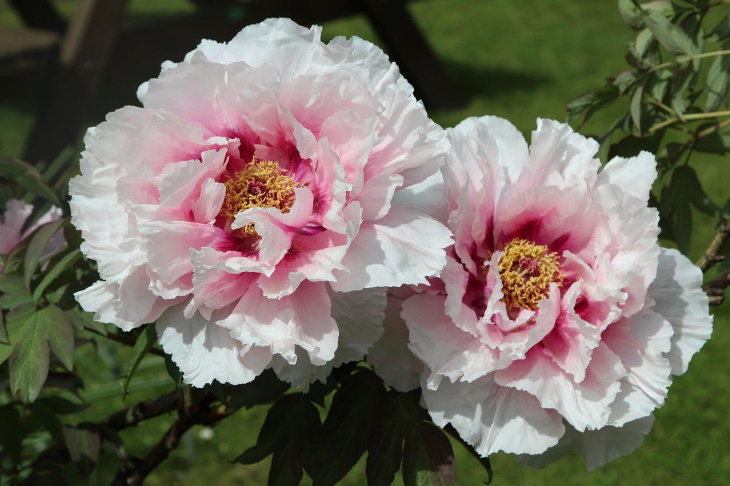
A symbol of romance and prosperity, peonies are beloved for their massive ruffled blooms that smell nice and come in a variety of hues. Best of all, the scent of these beautiful flowers repels deer. Apparently, they think all plants in the Salvia family stink…
Peonies are known to be a little temperamental, so you’ll need to pick a spot with full sun to partial shade and keep the soil moist but not soggy. Providing the perfect conditions for the peony will reward you with blooms year after year.
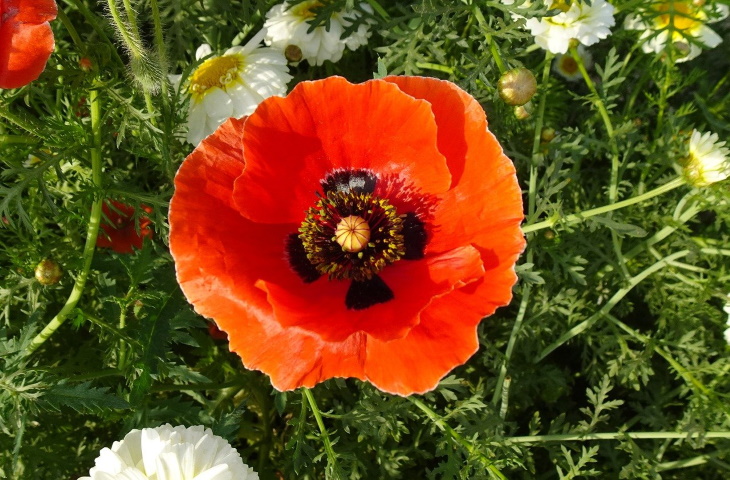
The beautiful oriental poppy comes in many color variations. Deer will evade these brightly colored blooms at all costs because they are toxic to them. The great thing about oriental poppies is that they are perennial in areas with a cold winter. Sadly, they are not very well suited to warm climates.
Plant the poppies in an area of your garden where they will get full sun. Expect blooms to appear between late spring to early summer. Poppy plants tend to fade once their scarlet blossoms wither.
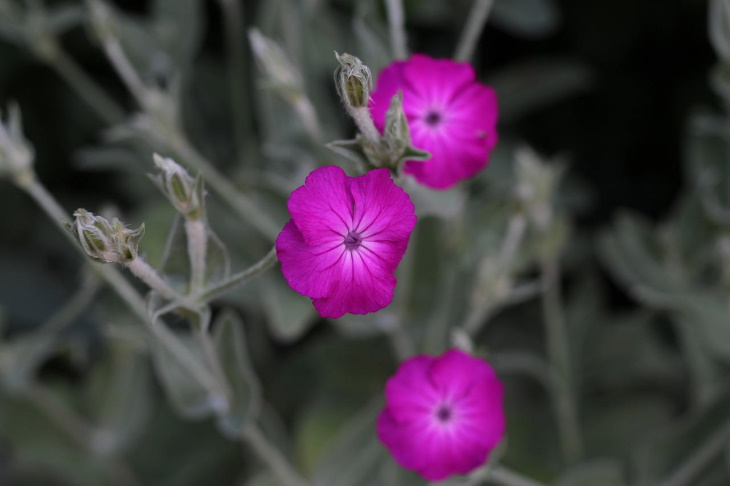
Rose campion has stunning silver foliage and delicate but bright magenta or white flowers. The silver leaves are probably why deer always avoid these plants. Rose campion requires full sun and typically blooms in late spring.
Once established, the plant will quickly spread across your garden, so it’s best to limit its growth by either cutting off the flowers that appear or planting your rose campion in a container.
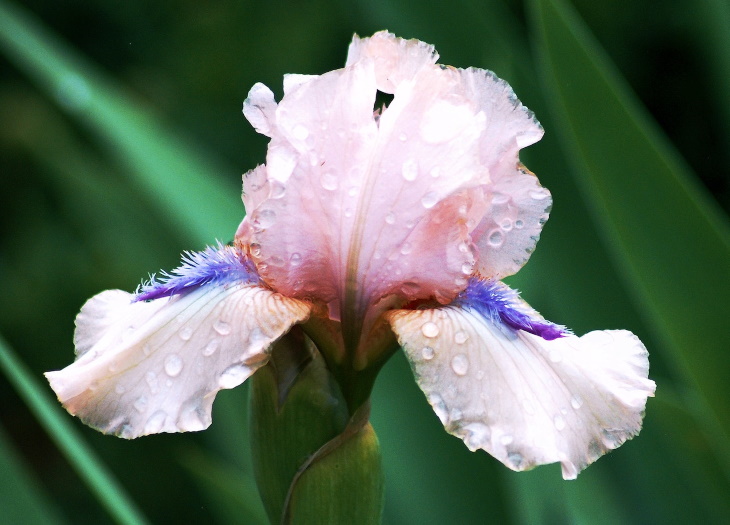
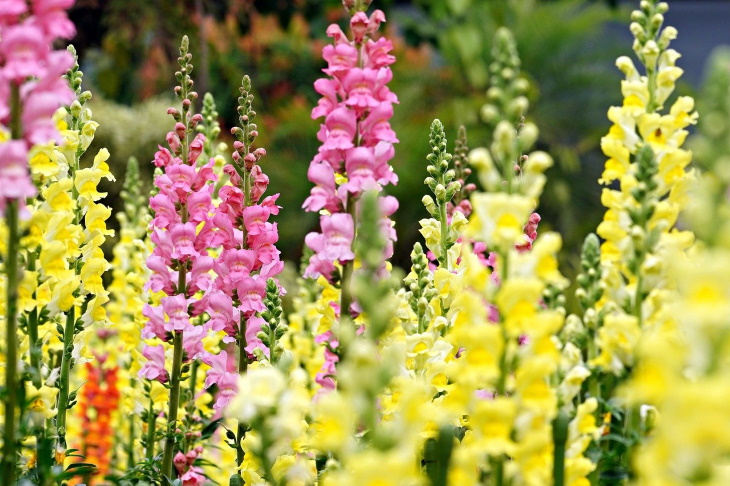
Also known as dragon flowers or dog flowers, snapdragons have the cutest vibrant flower spikes that exist in many color variants and cultivars. Snapdragons grow in full sun, and they reach peak bloom in spring and fall.
They will look great in any garden, adding the bonus of deer resistance too. Like irises, snapdragon flowers are not favored by deer because of their strong, sweet scent.
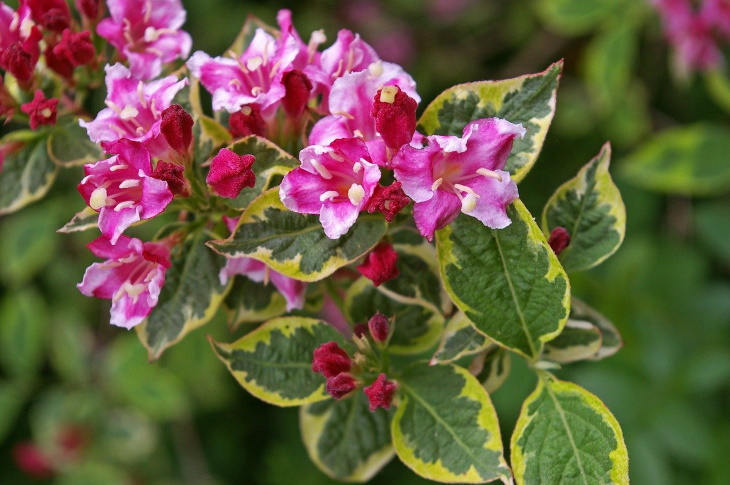
You may not be familiar with the weigela, which is a real shame. This is a large flowering shrub that produces dozens of brightly-colored flowers that appear in large clusters. Since these flowering shrubs grow up to 16 feet tall, they’re great for creating shade and privacy in your garden.
Native to Asia, this shrub will often bloom all summer, attracting all kinds of pollinators, including hummingbirds and butterflies. Luckily, deer tend to stay away from this shrub, although botanists aren’t really sure why.
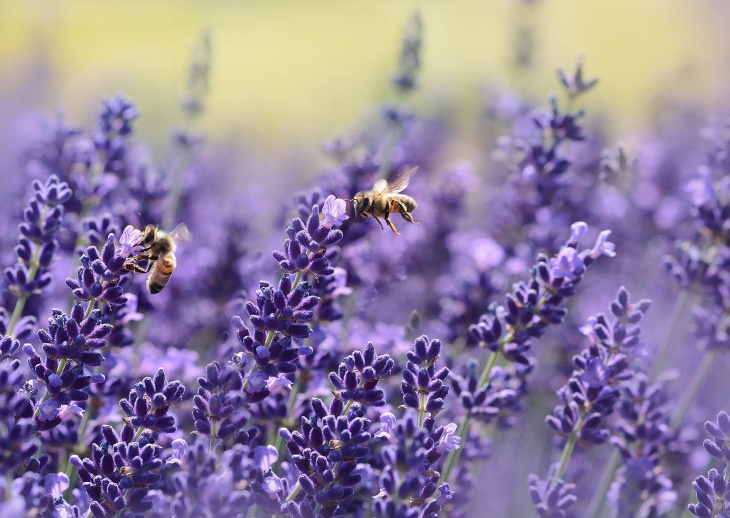
Lavender is such a classic! It works great when you need to fill out empty spots in your garden, and more compact varieties will look beautiful lining a path. Plant lavender in full sun. Once established, the herb will be drought tolerant, and rich violet flower spikes will appear in early summer and continue blooming well into fall.
Of course, the lavender scent is the real star of the show. And it happens to be just the reason why deer always avoid lavender. Coincidentally, lavender also repels many other pests, including ants and mosquitoes.
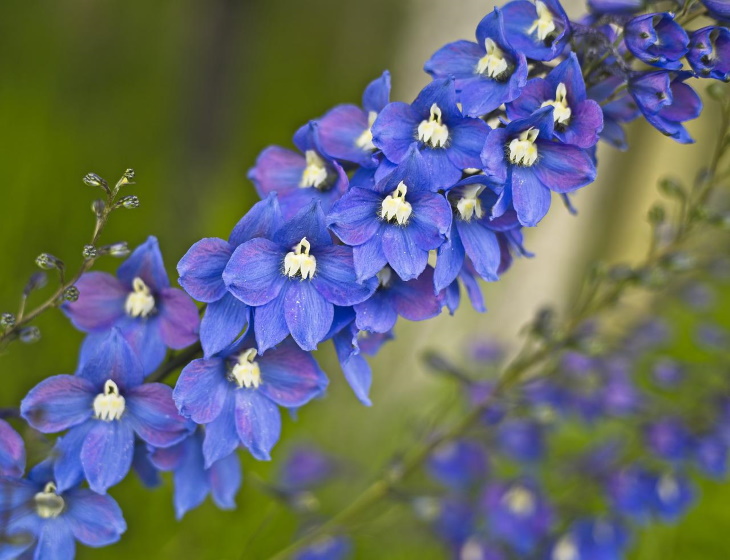
Delphiniums favor cooler climates and tend to not do well in the heat, so plant them in part-shade. Some delphinium varieties are rather tall, so make sure to support those by staking them or planting them near a fence. Keep the soil rich to get the brightest flowers.
Expect the true-blue flower spikes to appear anywhere from late spring to early summer. Delphinium flowers and leaves are toxic to deer, so they don’t usually touch them.
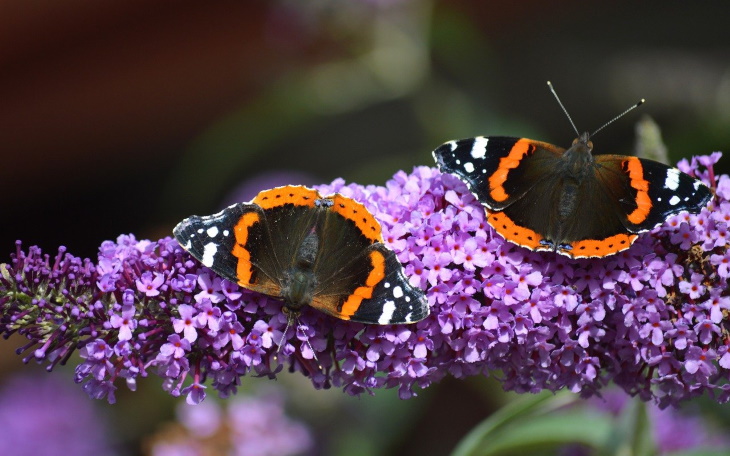
Also known as summer lilac or orange eye, the butterfly bush is another flowering shrub from China. These dense shrubs produce spikes of purple, white, orange, or pink colors. The interesting thing about some cultivars is that flowers of different colors can appear on the same plant.
Plant a summer lilac plant in a spot with full sun, and enjoy watching it bloom all summer and fall. As the name of this plant suggests, butterfly bush flowers attract pollinators like butterflies and bees while also fending off any deer.
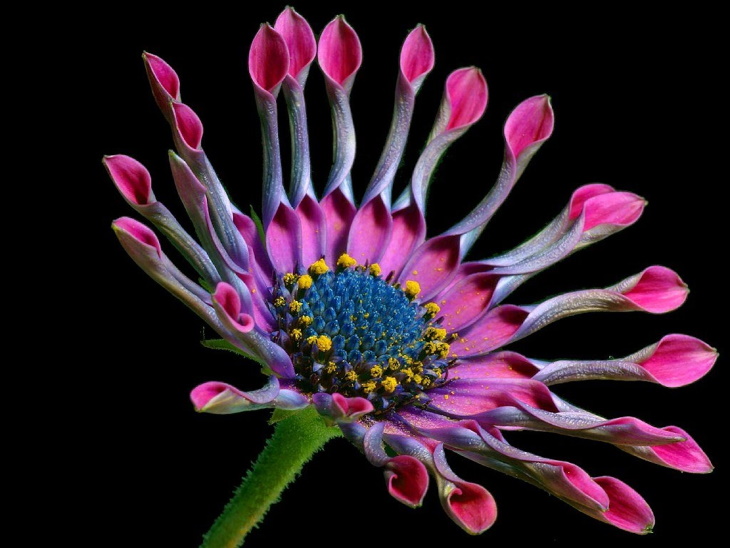
The African daisy is a flowering perennial coveted for its large, vividly colored flowers. Best of all, this flower is quite adaptable and easy to grow. Besides, deer can’t stand it too.
African daisies will not burn in the sun and are rather drought resistant, so you can easily plant them in any open space in your garden. There are many colors and shapes of this flower on the market, so pick and choose your color palette.
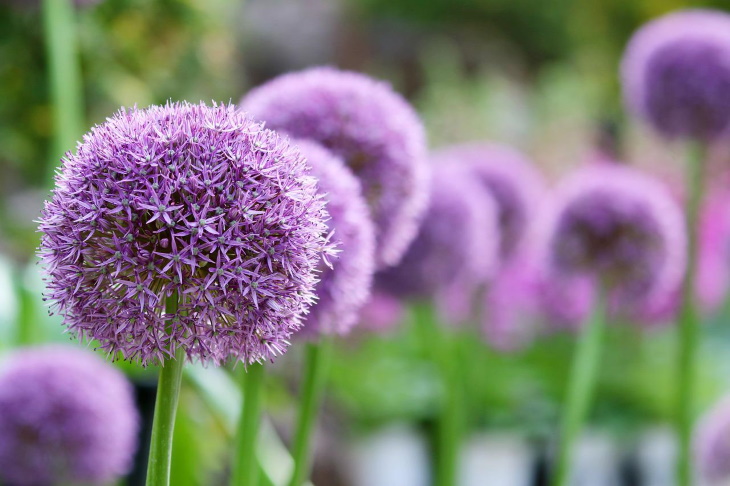
If you’ve ever had a salad with too many onions, you can probably understand why deer and rabbits are not big fans of the stuff. It’s just too overwhelming!
You can use this aversion of deer to onions by sprinkling ornamental onion seeds in between other flowers. Ornamental onions have beautiful ball-shaped blooms that can come in either purple or white. The blossoms will appear in summer, producing more and more blooms with each year.
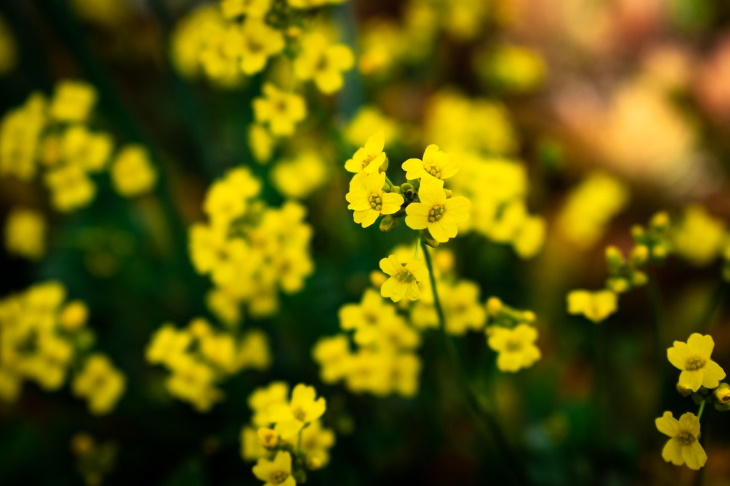
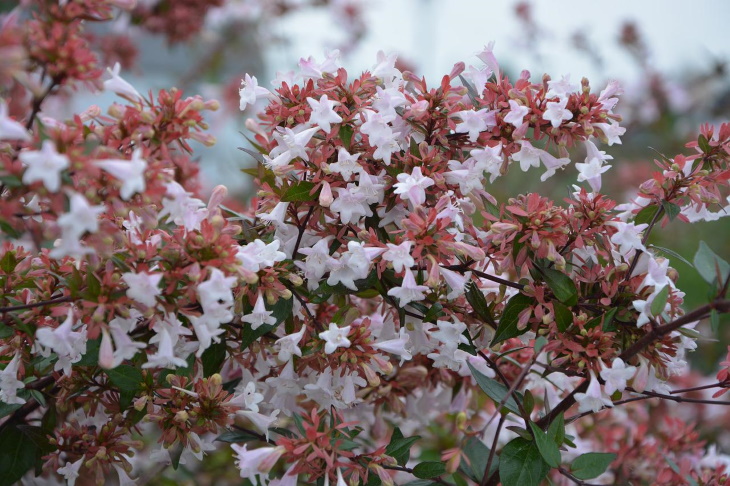
Here’s another stunning perennial flowering shrub. Abelia plants have small, glossy leaves and grow rather large. The plant produces clusters of blooms with bell-shaped flowers that range from white to pink to violet. Blooming will start in summer and last until the first frost.
If you intend to deer-proof your hedge, Abelia is an excellent fit. The thick foliage of the plant will make it difficult for deer to penetrate, plant Abelias in part shade, and keep the soil evenly moist but well-drained to produce more flowers.
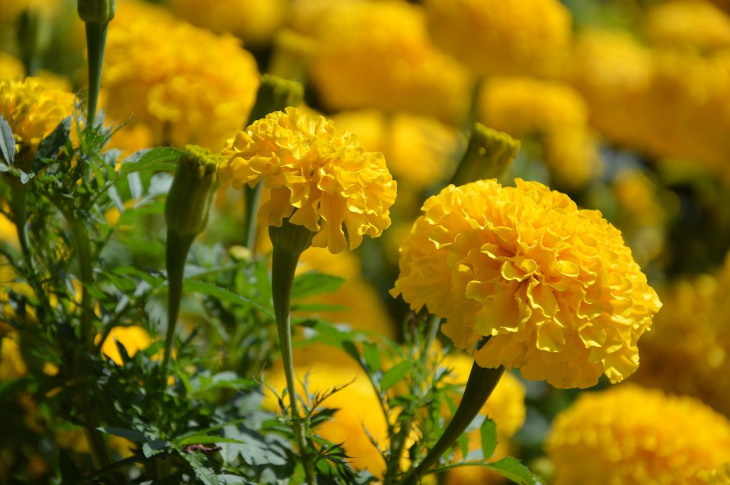
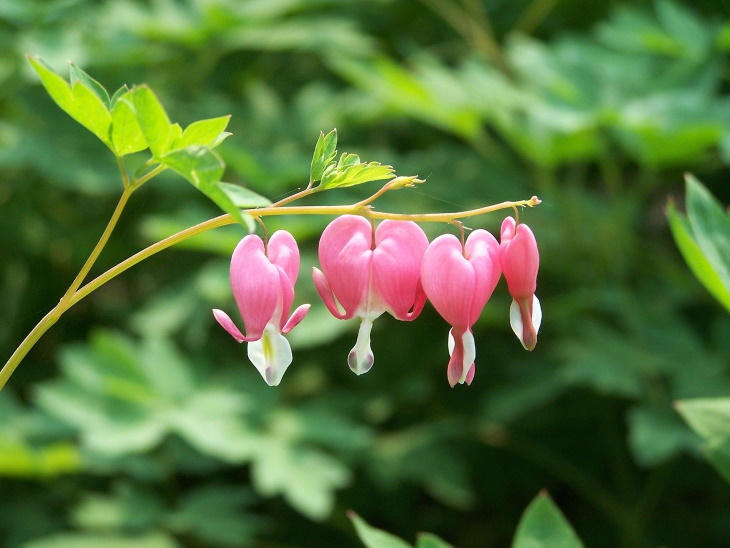
The elegant heart-shaped blooms of the Bleeding-Heart flower come in three colors - pink, red, and white. It's a perennial shade-loving plant that favors partial to full shade. In late spring, the plant starts to flower in long strings of up to a dozen heart-shaped flowers. After weeks and weeks of blooming, the plant tends to fade, but don’t worry - it will be back with more blooms next spring.
Bleeding Heart flowers belong to the poppy family and are toxic to deer. Also, consider this plant’s two deer-resistant cousins - Fringed Bleeding Hearts (Dicentra eximia) and Dutchman's Breeches (Dicentra cucullaria).
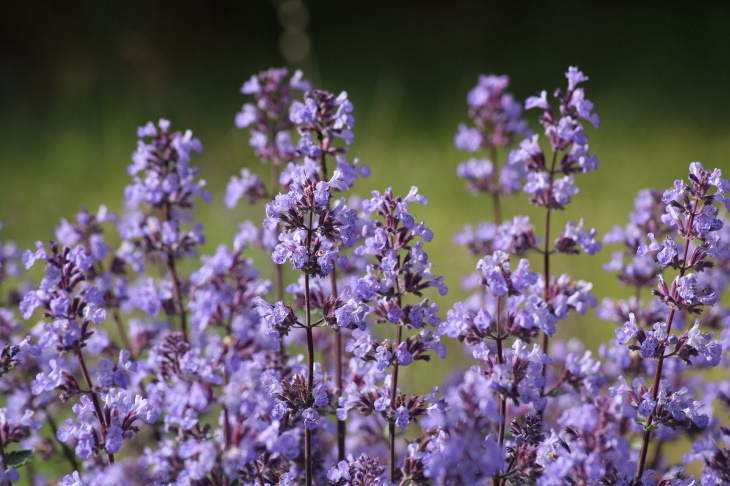
If you don’t mind attracting cats while also repelling deer, plant some catnip. This is a long-blooming perennial plant with white or purple fuzzy flowers that appear from May to September.
Catnip is a “plant it and forget it” type of plant, as it’s super easy to grow in well-drained soil and full sun. Note that this plant has fragrant leaves, so they will repel deer throughout the growing season.
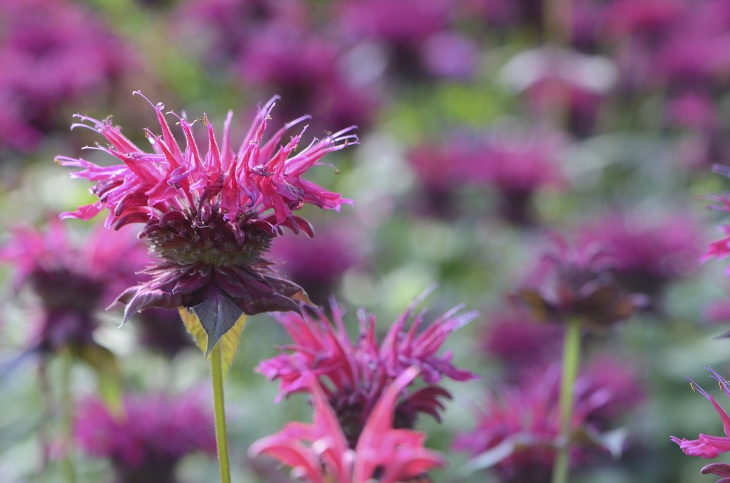
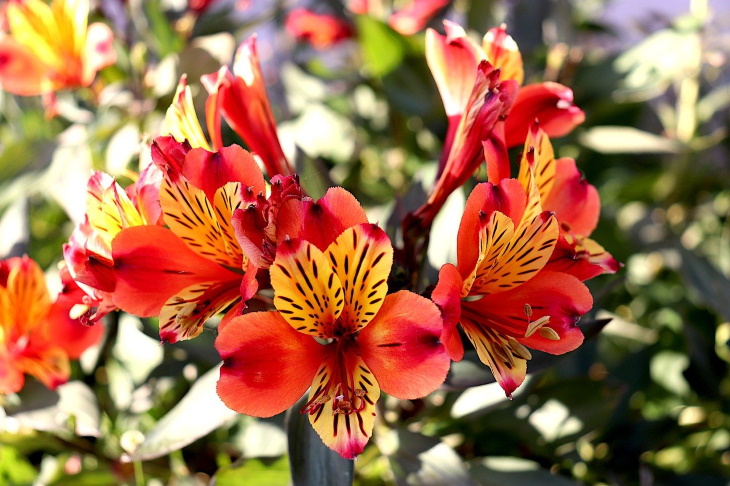
For some reason, deer tend to overlook Peruvian lilies, but beneficial pollinators like bees and butterflies love them. Peruvian lilies may not be as big as other lily varieties, but their beautiful flowers come in so many colors and decorative patterns that they surely make up for the smaller size.
Peruvian lilies are perennials, and they will often give you blooms the very same year you plant them, just make sure to plant them in fertile, slightly acidic soil.
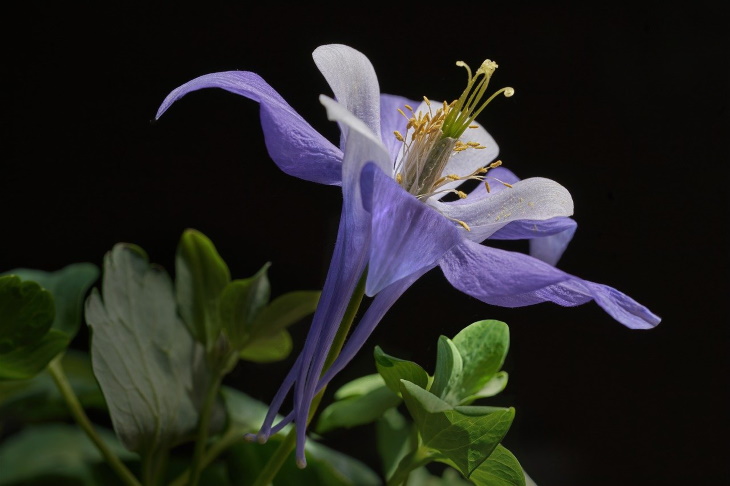
The Columbine flower is the star of a spring garden. This beautiful plant has dark-green clover-like leaves and dainty colorful flowers. These double flowers come in many color variations, including multi-colored cultivars.
Columbine flowers can grow pretty much anywhere - from full sun to part-shade locations. These plants are not only deer-resistant but also attract pollinators and can withstand drying out in-between watering.
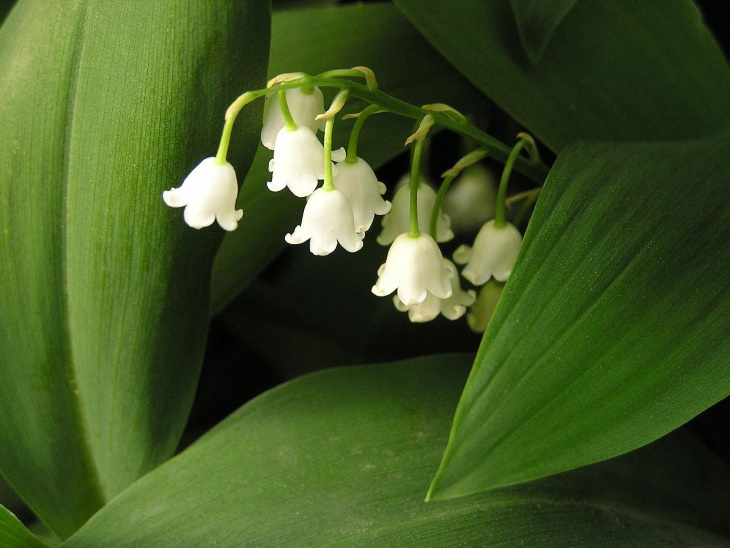
Lilies of the Valley are magnificent ground cover plants - they have glossy, dark-green, lance-shaped leaves that stay vibrant all summer and precious bell-shaped flowers in early spring. Lily of the Valley is a shade-loving plant that requires plenty of water.
If you ever encountered a Lily of the Valley while it blooms, the strong perfumy fragrance is one of the first things you notice. This heavy scent, as well as the toxic fibrous leaves of the plant, repel deer and rabbits.
H/T: The Spruce, Gardeningchores.com, Provenwinners.com, Garden design